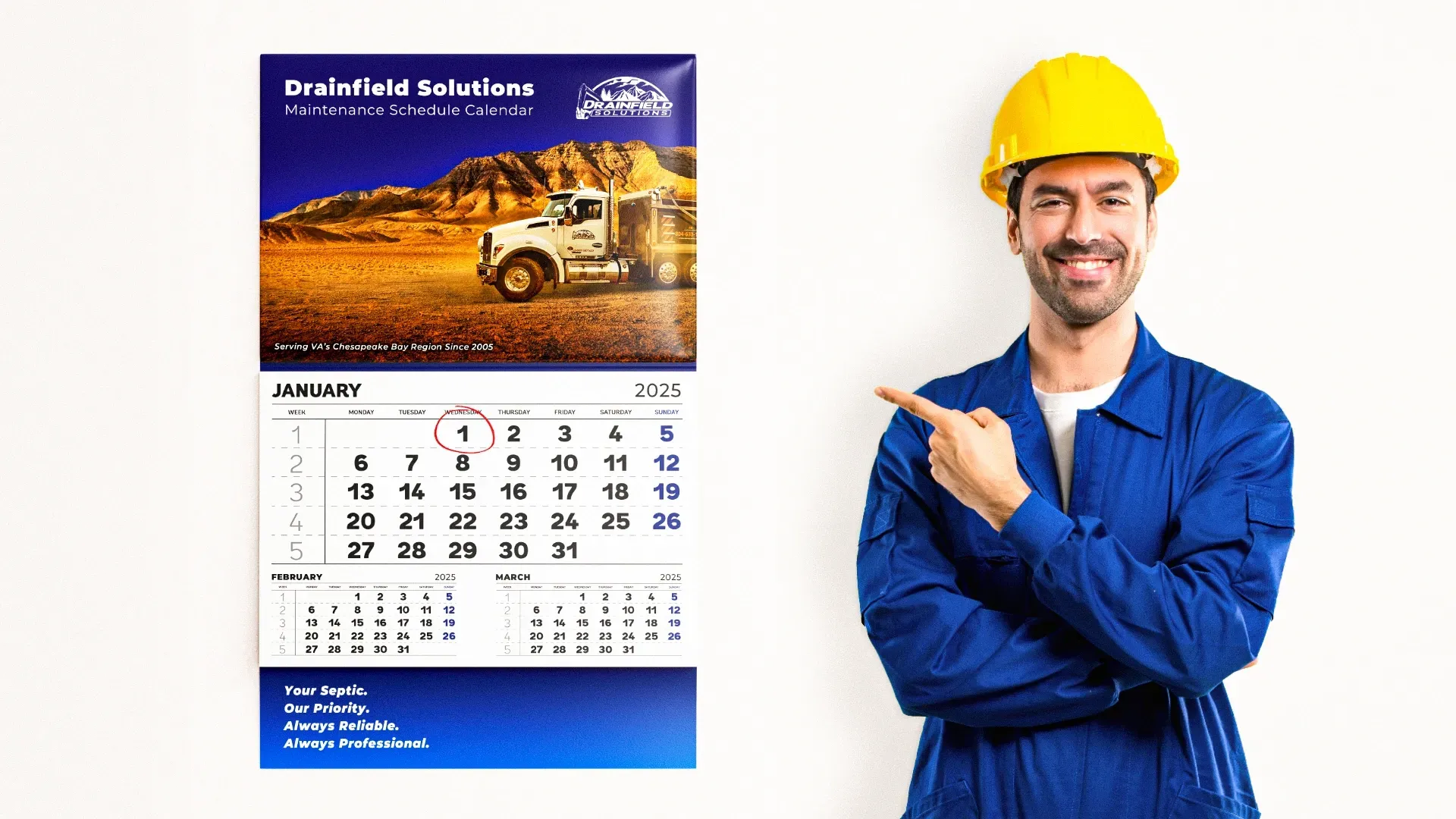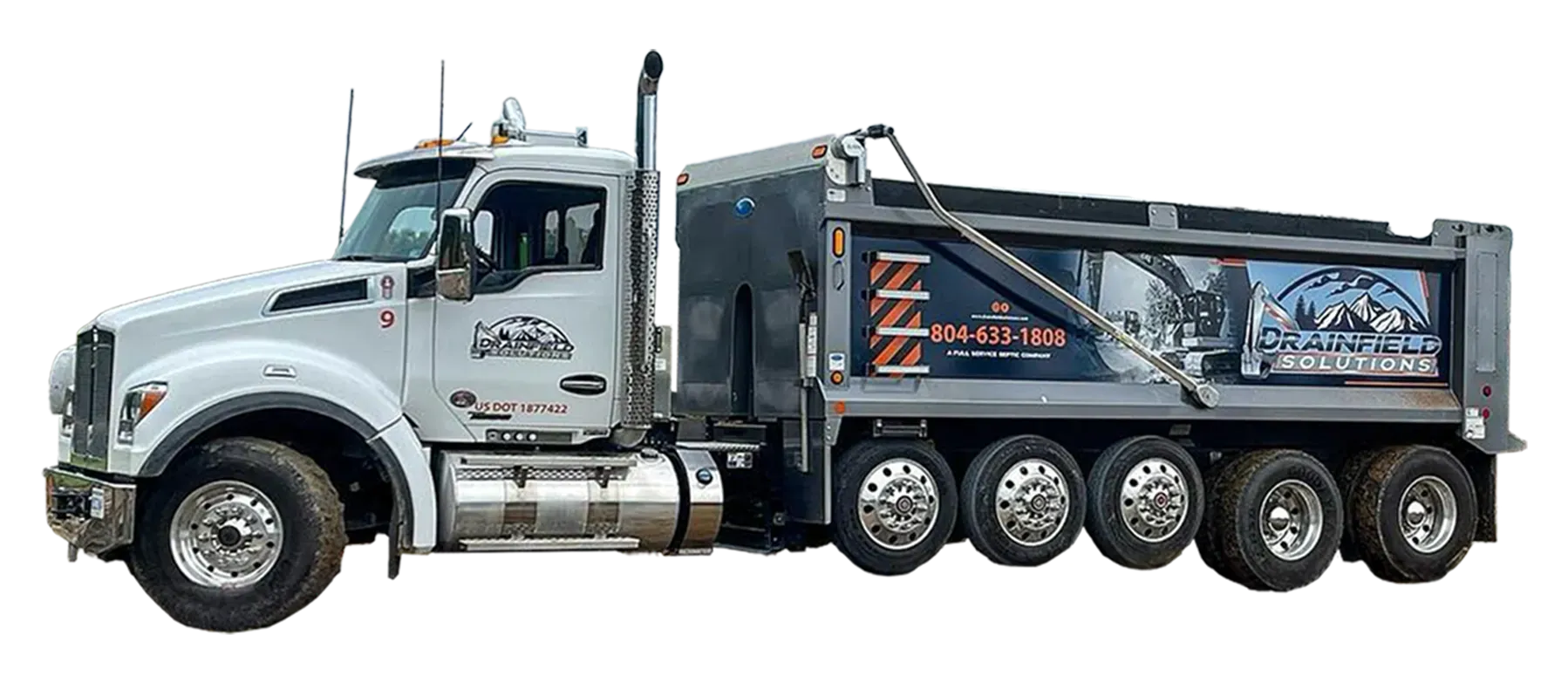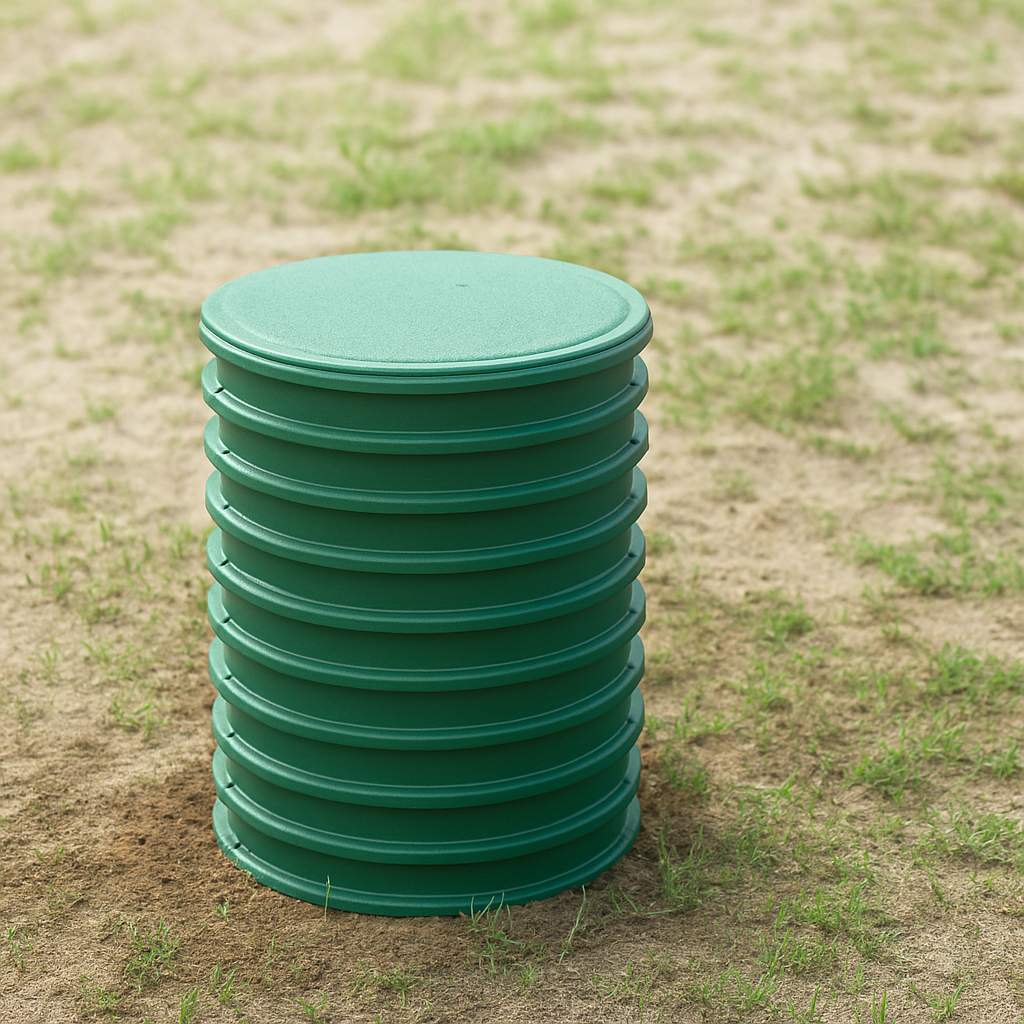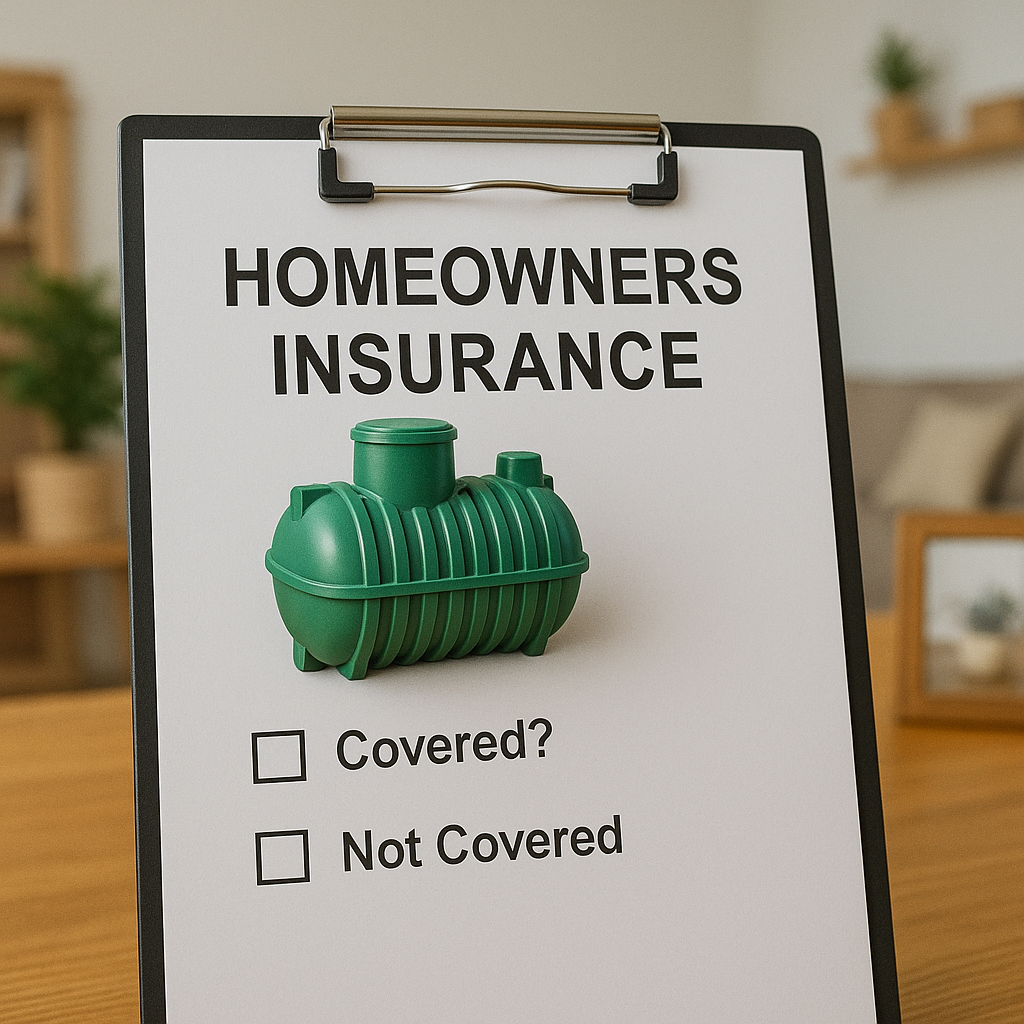
How to Create a Septic Drainfield Maintenance Schedule and Why You Should
December 17, 2024
Your drainfield does a lot for you—it handles wastewater so you don’t have to. But let’s be honest, it’s easy to forget about it until something goes wrong. The good news is that with a little planning and regular care, you can keep your drainfield working smoothly for years to come. The secret? A solid maintenance schedule.
At Drainfield Solutions, we know that a well-maintained drainfield is the key to avoiding unpleasant surprises like backups or expensive repairs. So, let’s dive into how you can create a simple, effective drainfield maintenance schedule that fits your lifestyle (and your budget).
Why a Maintenance Schedule Matters
First things first—why do you even need a drainfield maintenance schedule? Well, think of it like caring for your car. You wouldn’t skip oil changes or let your tires go bald, right? The same logic applies to your drainfield. Regular maintenance:
- Prevents Problems: Catching small issues early can save you from major repairs down the road.
- Saves Money: A little upkeep costs a lot less than a total system replacement.
- Extends Lifespan: A cared-for drainfield can last decades. Neglect it, and you could be looking at a much shorter lifespan.
In short, a little effort now will save you a ton of hassle (and money) later.
Step 1: Start with a Baseline Inspection
Before you can create a maintenance schedule, you need to know the current state of your system.
- Schedule a Professional Inspection: A licensed technician will check for any signs of trouble, like clogs, leaks, or soil issues.
- Identify Any Immediate Repairs: If there’s already a problem, get it fixed before moving forward.
- Understand Your System: Ask questions about your septic tank size, drainfield layout, and the soil type on your property.
This baseline inspection gives you a clear starting point and helps you tailor your maintenance schedule to your system’s specific needs.
Step 2: Set a Pumping Schedule
Regular septic tank pumping is the cornerstone of drainfield maintenance. When the tank gets too full, solids can overflow into the drainfield and cause clogs or damage.
- Every 3–5 Years: Most households should pump their septic tank on this schedule, but your exact timing depends on factors like household size and water usage.
- Mark Your Calendar: Once you pump your tank, jot down the next due date so you don’t forget.
- Watch for Warning Signs: Slow drains, foul odors, or soggy patches in your yard can all mean your tank needs pumping sooner than expected.
Pro tip: Set a reminder on your phone or in your planner—it’s an easy way to stay on top of it.
Step 3: Spread Out Water Usage
Overloading your system with too much water at once can overwhelm your drainfield.
- Avoid Laundry Marathons: Instead of doing 10 loads in one day, spread them out over the week.
- Fix Leaks Promptly: A dripping faucet or running toilet might not seem like a big deal, but it adds up fast.
- Install Water-Efficient Fixtures: Low-flow toilets and showerheads are your drainfield’s best friend.
Reducing water usage doesn’t just help your drainfield—it’s good for the environment and your water bill too.
Step 4: Protect the Drainfield Area
Your drainfield isn’t just a patch of grass—it’s a delicate system that needs space to do its job.
- No Heavy Vehicles: Keep cars, trucks, and heavy machinery off the drainfield to avoid compacting the soil or damaging pipes.
- Mind Your Landscaping: Plant grass or shallow-rooted plants over the area, but avoid trees or shrubs with invasive roots.
- Divert Rainwater: Ensure gutters and downspouts direct water away from the drainfield to prevent oversaturation.
By keeping the area clear and well-maintained, you’re giving your system the best chance to function properly.
Step 5: Perform Seasonal Checkups
Your drainfield has to deal with changing weather, and a quick seasonal check can help you spot potential issues.
- Spring: After snowmelt or heavy rains, check for standing water or erosion around the drainfield.
- Summer: Watch for unusually lush grass, which might mean wastewater is pooling instead of filtering properly.
- Fall: Clear away leaves or debris that could block drainage.
- Winter: Make sure the area is insulated with grass or mulch to prevent freezing.
A little seasonal TLC can keep your drainfield in good shape year-round.
Step 6: Monitor for Warning Signs
Even with a great maintenance schedule, things can go wrong. Knowing the early signs of trouble can save you from a bigger headache later.
- Slow Drains or Gurgling Pipes: If your sinks or toilets are draining slower than usual, your system might be struggling.
- Foul Odors: A sewage smell in your yard or home is a clear sign something’s up.
- Pooling Water: Soggy spots near your drainfield could mean it’s oversaturated or clogged.
If you notice any of these issues, don’t wait—call a professional to assess the situation.
Step 7: Schedule Regular Inspections
Routine inspections are like health checkups for your septic system. A professional like Drainfield Solutions can catch small problems early, saving you from costly repairs.
- Every 3–5 Years: Pair your inspection with your pumping schedule to streamline things.
- After Heavy Use: If you’ve had houseguests or a big event, it’s a good idea to check on your system.
At Drainfield Solutions, we’ve been helping homeowners in Central Virginia keep their septic systems in top shape since 2005. Call us today at 804-633-1808 or visit our contact page to make an appointment or learn more about your septic system and drainfield.
Creating a maintenance schedule doesn’t have to be complicated—just follow these simple steps, and your drainfield will keep working hard for years to come.
Share Post
Latest Posts
Ready to Take the Next Step?
Whether you're in need of a system inspection or regular maintenance, Drainfield Solutions is here to help. Get in touch today for reliable service you can trust.






